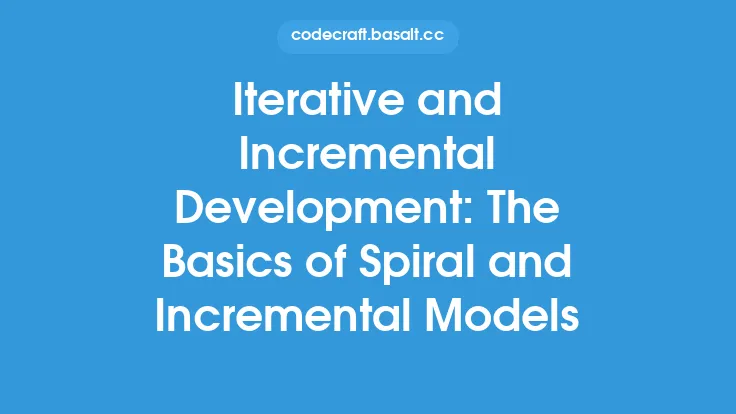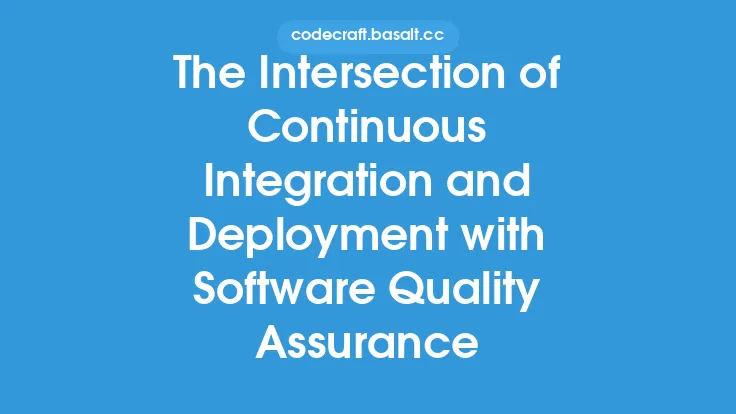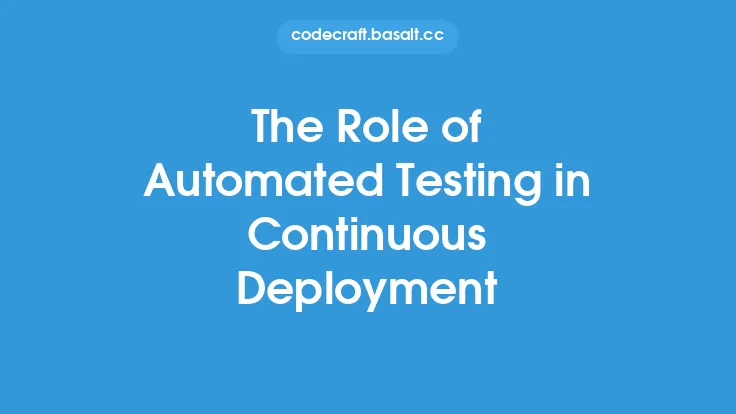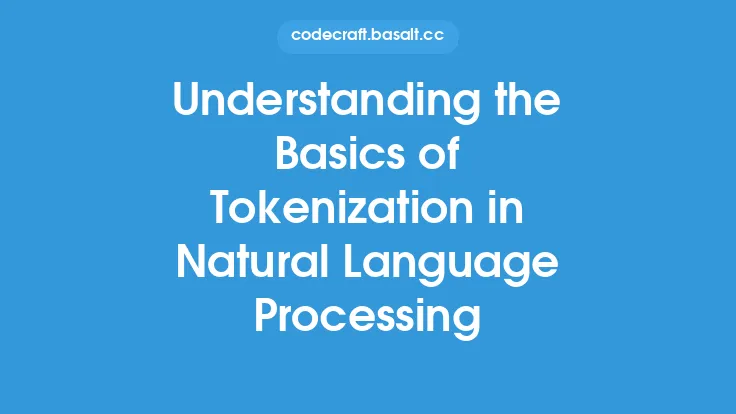Continuous integration (CI) is a fundamental concept in software engineering that has revolutionized the way development teams work together to deliver high-quality software products. At its core, CI is a practice that involves automatically building, testing, and validating software code changes on a frequent and continuous basis. This approach enables developers to identify and fix errors early on, reducing the risk of downstream problems and improving overall software quality.
What is Continuous Integration?
Continuous integration is a software development practice that requires developers to integrate their code changes into a central repository frequently, usually through automated processes. This integration is typically triggered by events such as code commits, merges, or other significant changes to the codebase. The automated build and test process ensures that the integrated code is correct, stable, and functions as expected. By doing so, CI helps to catch errors, bugs, and inconsistencies early in the development cycle, making it easier to fix them and reducing the overall development time.
Key Components of Continuous Integration
Several key components are essential to a continuous integration system. These include:
- Version Control System (VCS): A VCS, such as Git, is used to manage changes to the codebase. It allows multiple developers to work on the same project simultaneously without conflicts.
- Build Server: The build server, or continuous integration server, is responsible for automating the build, test, and validation process. Popular build servers include Jenkins, Travis CI, and CircleCI.
- Automated Build: The automated build process compiles the source code into an executable format, creating a build artifact that can be tested and deployed.
- Automated Testing: Automated tests, including unit tests, integration tests, and UI tests, are run against the build artifact to ensure it meets the required standards and functions correctly.
- Feedback Mechanism: A feedback mechanism is crucial for notifying developers about the outcome of the build and test process. This can be in the form of emails, notifications, or dashboard updates.
Benefits of Continuous Integration
The benefits of implementing continuous integration are numerous and significant. Some of the most notable advantages include:
- Improved Code Quality: CI helps to identify and fix bugs early, leading to higher quality software.
- Reduced Integration Problems: By integrating code frequently, developers can avoid the headaches associated with large, complex integrations.
- Faster Time-to-Market: CI enables development teams to deliver software faster, as the automated build and test process reduces manual effort and minimizes delays.
- Enhanced Collaboration: Continuous integration promotes collaboration among team members by providing a shared understanding of the project's status and encouraging communication.
Implementing Continuous Integration
Implementing continuous integration requires careful planning and execution. Here are some steps to consider:
- Choose a Version Control System: Select a suitable VCS that meets your project's needs.
- Select a Build Server: Pick a build server that integrates well with your VCS and supports your programming language and project requirements.
- Configure Automated Build and Test: Set up automated build and test processes that cover a significant portion of your codebase.
- Establish a Feedback Mechanism: Implement a feedback mechanism that notifies developers about build and test outcomes.
- Monitor and Optimize: Continuously monitor your CI system and optimize it as needed to ensure it remains effective and efficient.
Common Challenges in Continuous Integration
While continuous integration offers many benefits, it also presents several challenges. Some common issues include:
- Initial Setup Complexity: Setting up a CI system can be complex, especially for large, distributed projects.
- Test Maintenance: Maintaining a comprehensive set of automated tests can be time-consuming and require significant resources.
- Build Server Performance: Ensuring the build server has sufficient resources to handle the automated build and test process can be a challenge, particularly for large projects.
- Developer Buy-in: Gaining developer buy-in and ensuring they understand the value of CI can be difficult, especially in teams with limited experience with automated processes.
Best Practices for Continuous Integration
To get the most out of continuous integration, follow these best practices:
- Integrate Frequently: Encourage developers to integrate their code changes frequently to avoid large, complex integrations.
- Use Automated Testing: Implement comprehensive automated testing to ensure the integrated code is correct and functions as expected.
- Provide Feedback: Ensure that developers receive timely and relevant feedback about the outcome of the build and test process.
- Monitor and Analyze: Continuously monitor the CI system and analyze its performance to identify areas for improvement.
- Keep it Simple: Avoid over-complicating the CI system, and focus on simplicity and ease of use.
Conclusion
Continuous integration is a powerful software development practice that can significantly improve the quality, reliability, and delivery speed of software products. By understanding the basics of CI, including its key components, benefits, and challenges, development teams can implement effective CI systems that support their software development lifecycle. Remember to follow best practices, such as integrating frequently, using automated testing, and providing feedback, to get the most out of continuous integration and take your software development to the next level.





